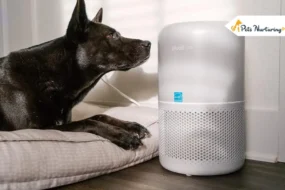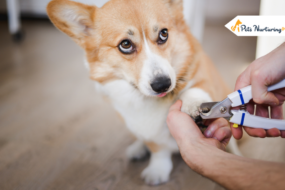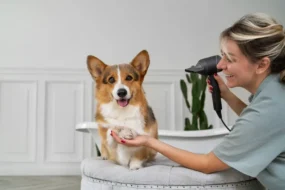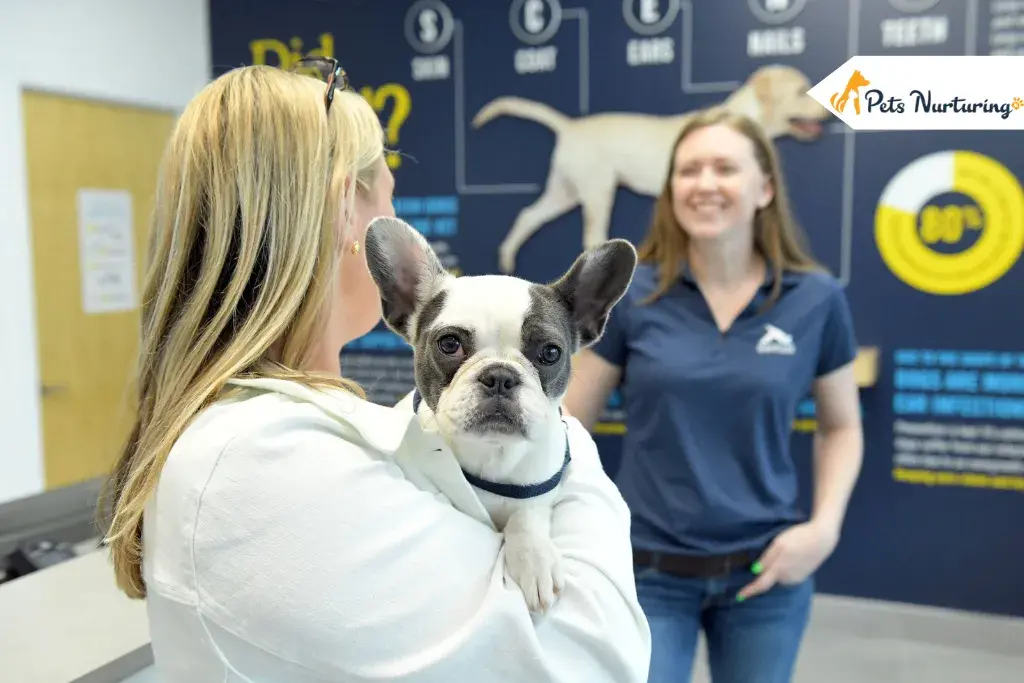
If you are a new parent, it is important to immediately establish a routine for your pet to help your new puppy know what to expect. Pets are creatures of habit. Puppies and adult pets need a structure to feel safe. Do not know where to start? Follow these tips to establish a pet care routine.
Why Pet Care Routine is Important
As you know, both dogs and cats are creatures of habit. So, establishing a routine for their long-term well-being and happiness is essential. Whether you have a routine of your own or live with a little change or variety every day, there are sure ways for you and your pet to develop simple but precious rituals. Besides feeding and potty, include things like exercise and light therapy for your pets.
Once you have established a consistent pet routine, your pet may be able to predict its actions, much like Pavlov’s law. An act as simple as putting on shoes could become a conditioned stimulant for your pet. You can find your pet waiting at the door ready for a walk, or your cat watching your favorite hiding place.
It’s a good sign! Predictability will help your pet or cat to feel secure in its environment. The more they can understand and expect from their schedule and actions, the better, which is likely to lead to a more balanced and well-behaved pet.
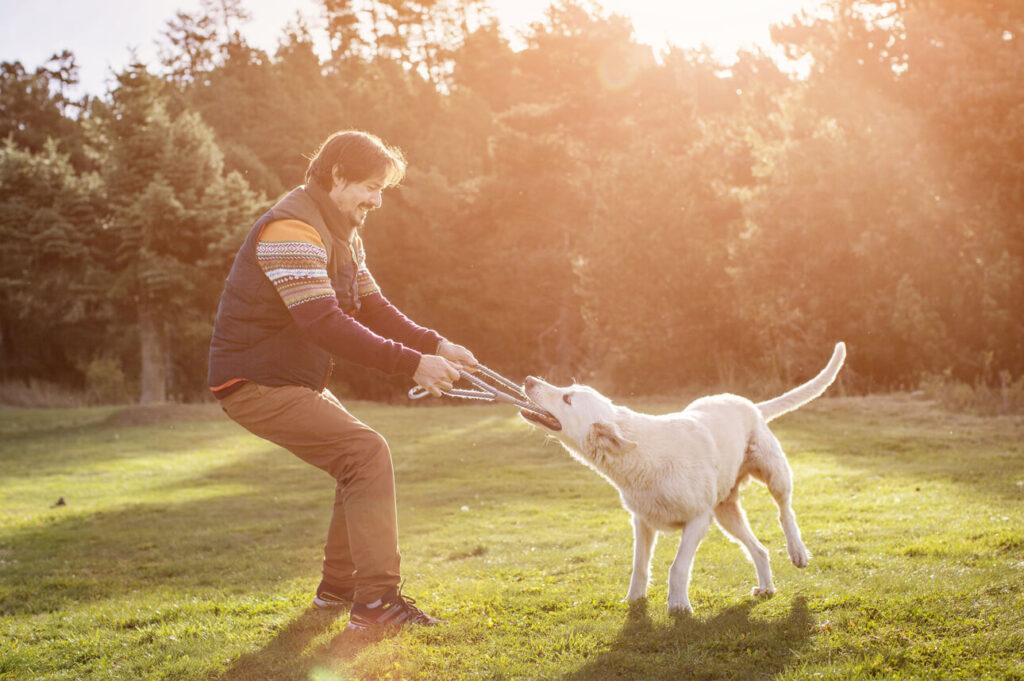
An Ideal Daily Routine for Your Pet
7:00 am: Pets like to go to the bathroom as soon as they wake up, so be sure to go out with them if you get off. Present a little playtime after they did their business, and perhaps bring along some of their favorite toys to have their attention.
07.30: If you want to feed your pet two meals a day, this is the ideal time to give it breakfast. It is also the best time to feed your pet its first meal of the day.
8:00 am: Apply light therapy to your pets. The laser light delivers wavelengths that penetrate your pet’s skin to hex infections, wounds, and acupuncture points. Light therapy offers important benefits to your pets, including injury rehabilitation and performance improvement.
8:30 am: Less than half an hour later, take it outside for a quick walk and another opportunity to go to the bathroom. Generally, pets like to go to the bathroom 10 to 30 minutes after eating. Adult pets are better able to hold it, but puppies can really fight.
9:00 am: This is when you allow your pet to settle down and rest just before leaving for work, or you allow it to explore and have fun with interactive toys while you get things done.
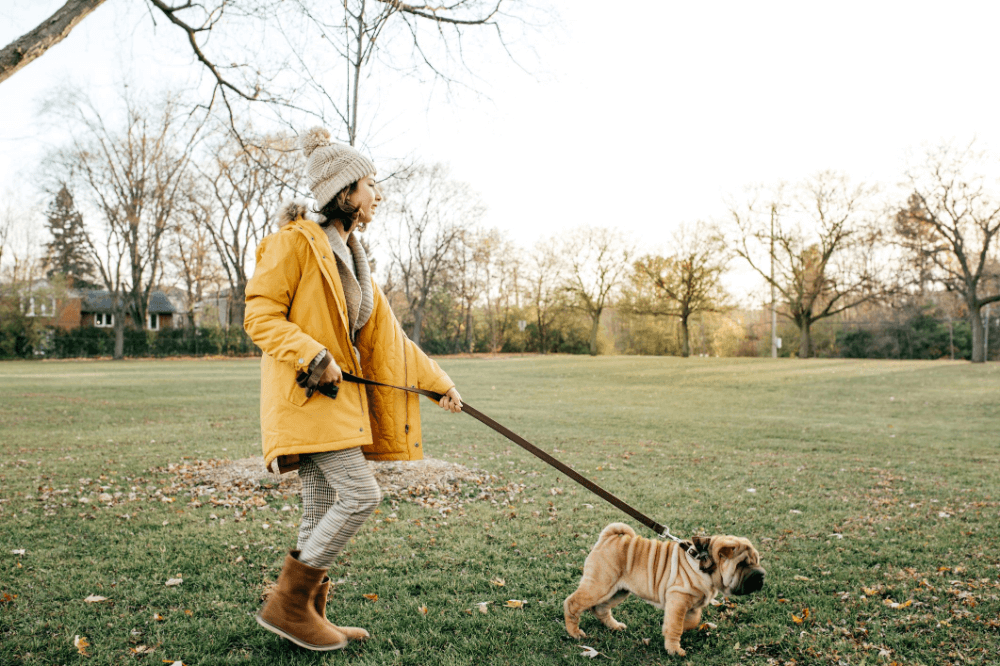
1:00 pm: Ideally, most pets would like you to go home during lunchtime so they can go to the bathroom and have a good time exercising, playing, and joining you. Replace your pet’s water with a clean, fresh bowl. If your pet is a puppy, this is the best time to give him lunch.
1:30 pm: Before returning to work, be sure to take your pet outside for relief; otherwise, you may receive a small treat when you get home. Inspire your pet to use some energy by introducing a little play (and training if it has enough time), then invite him to calm down and rest. A kennel the most effective way to teach a pet to calm down after exercise.
5:00 pm: On your return from work, offer your pet a container of clean, fresh water. It is also the best time to give your puppy or older pet its dinner. Shortly after you finish eating, take it outside to use all the energy that has accumulated throughout the day. You can use this time to train: train to fetch, catch, remember, sit, stay, lie down.
7:00 pm: Your pet will want to relieve itself one more time before bed. Take it outside to go to the bathroom, but don’t offer to play. You don’t want to turn it on too much. Otherwise, it may have trouble adjusting to bedtime. By inviting your puppy indoors, reward its calm demeanor, so your pet knows it’s time to rest. The most effective method of teaching a pet to calm down or settle is cage training.
Final Thoughts
Please note that some parts of this pet care routine can be combined. Potty breaks, for example, can be combined with exercise and playtime if you take your dog outside or go for a walk. Also, don’t forget the value of praise and rewards for following the routines. When you train your pet to go to the bathroom, be sure to praise and possibly treat it. This will help you get used to leaving at some point, knowing that your pet will follow the routine itself.
By establishing and following a routine that surrounds these areas of pet care, you will probably find it much easier to take care of your new puppy. These activities will become a habit for you and your pet. Not only that, but your puppy will feel cared for and safe in its new environment.
Explore further:








